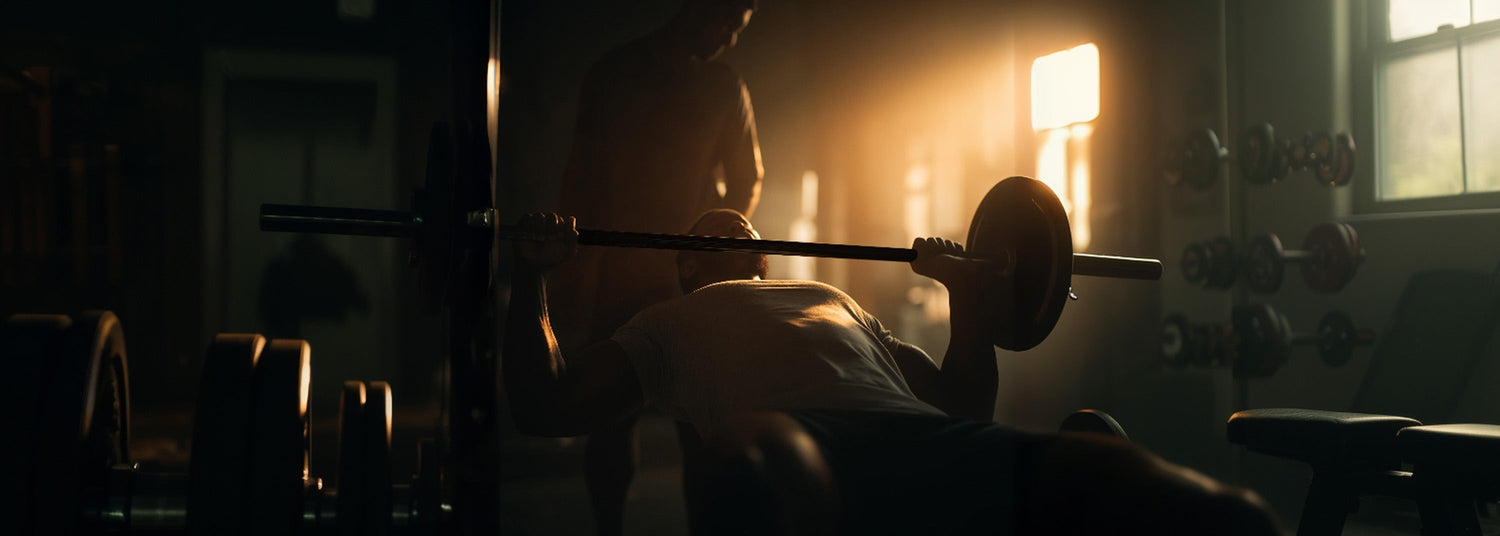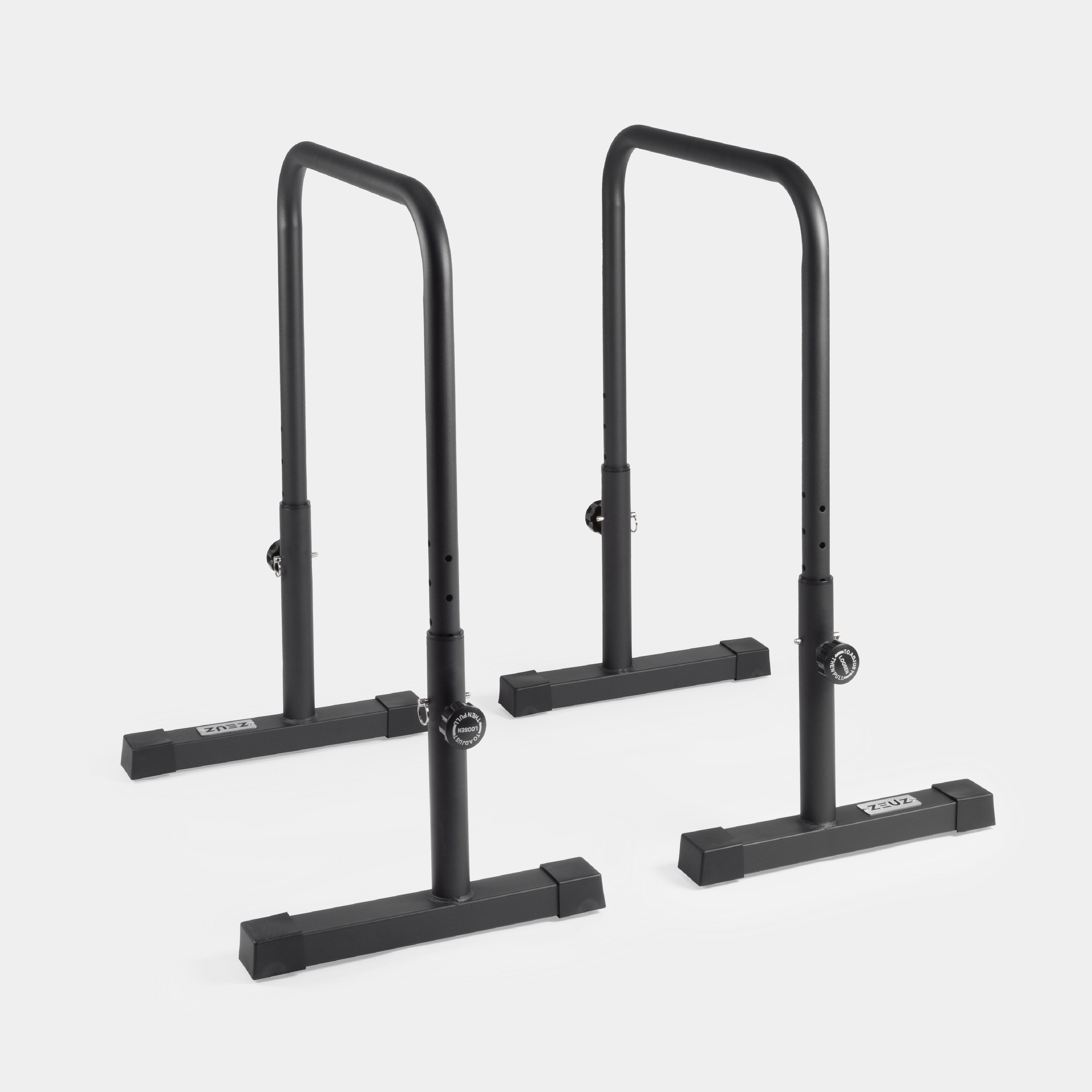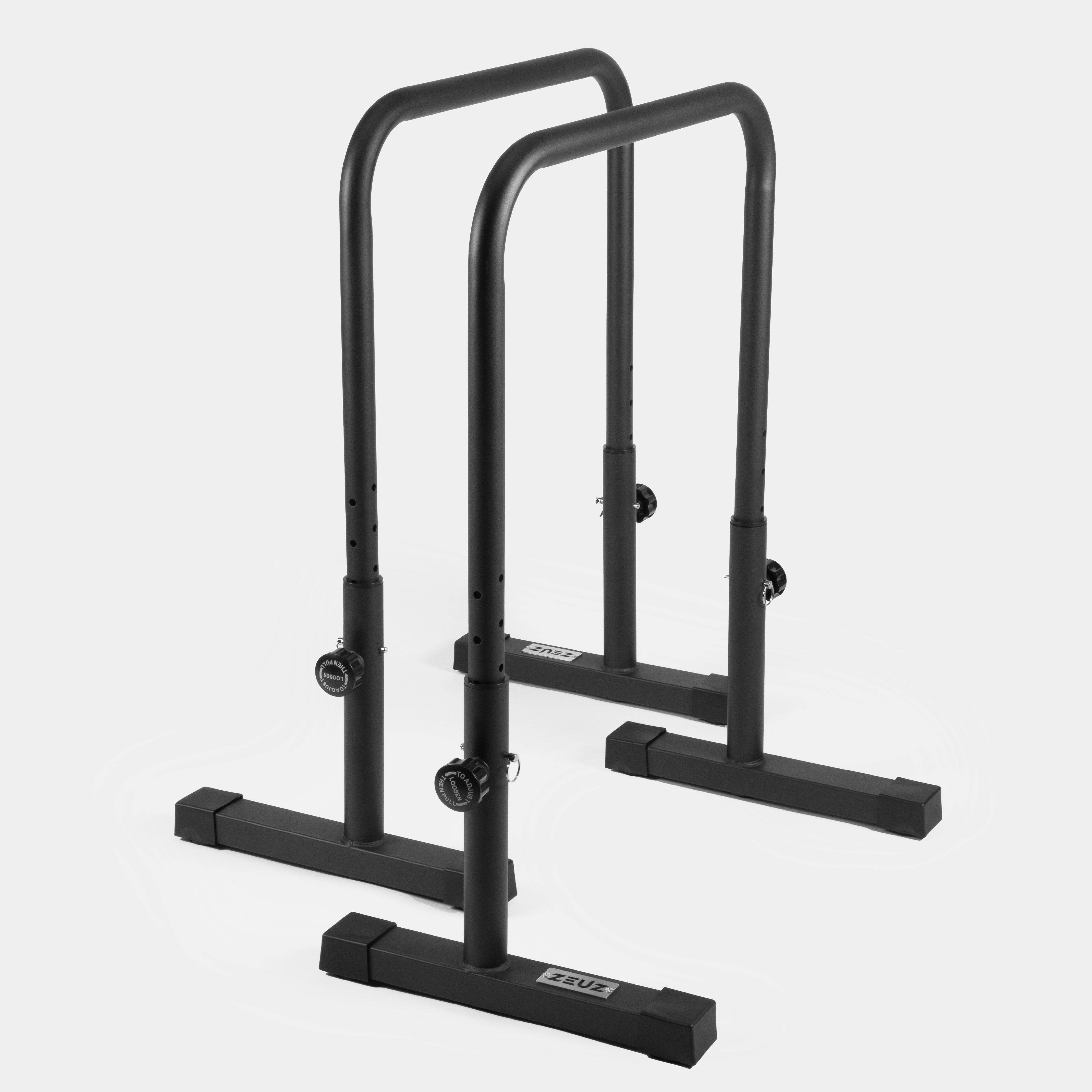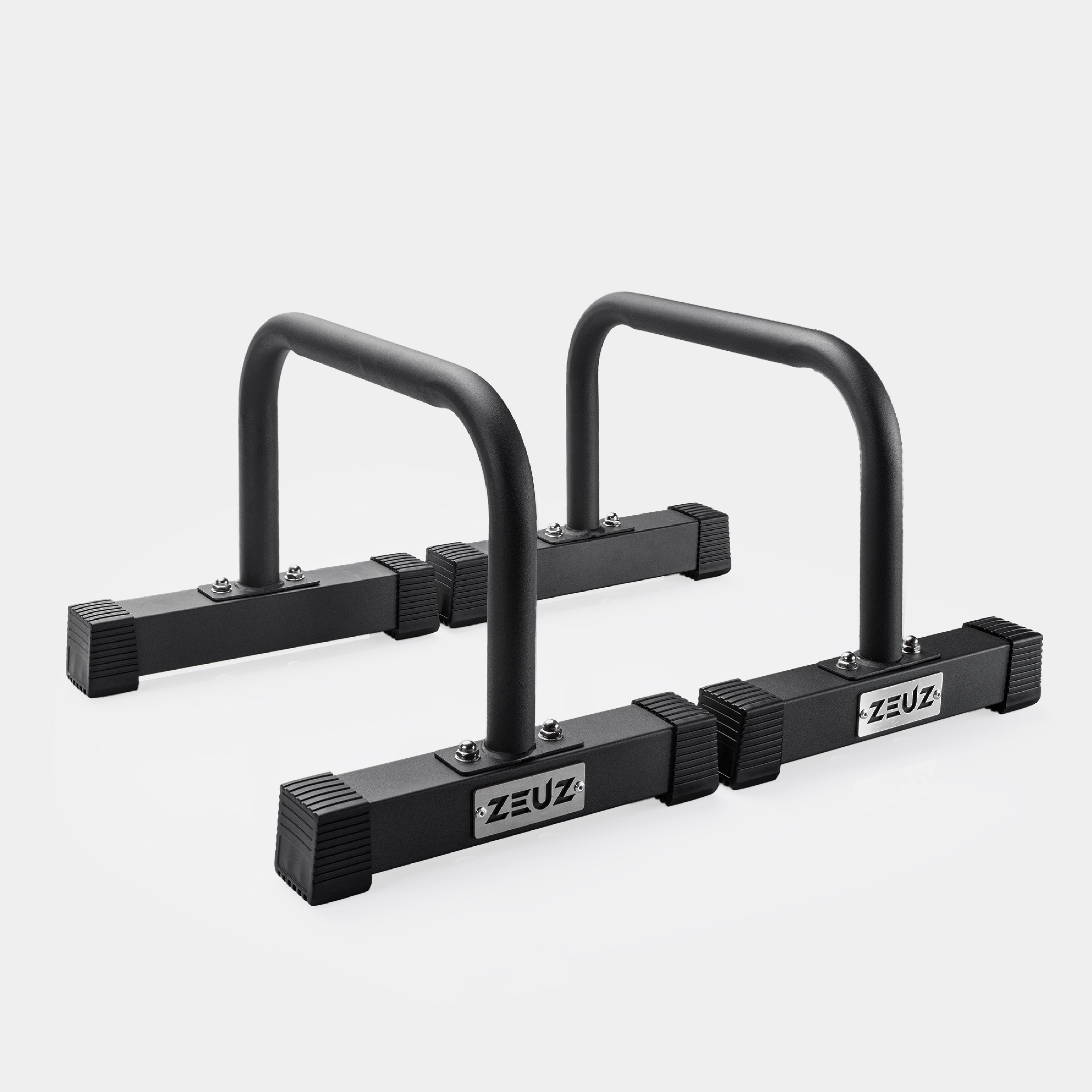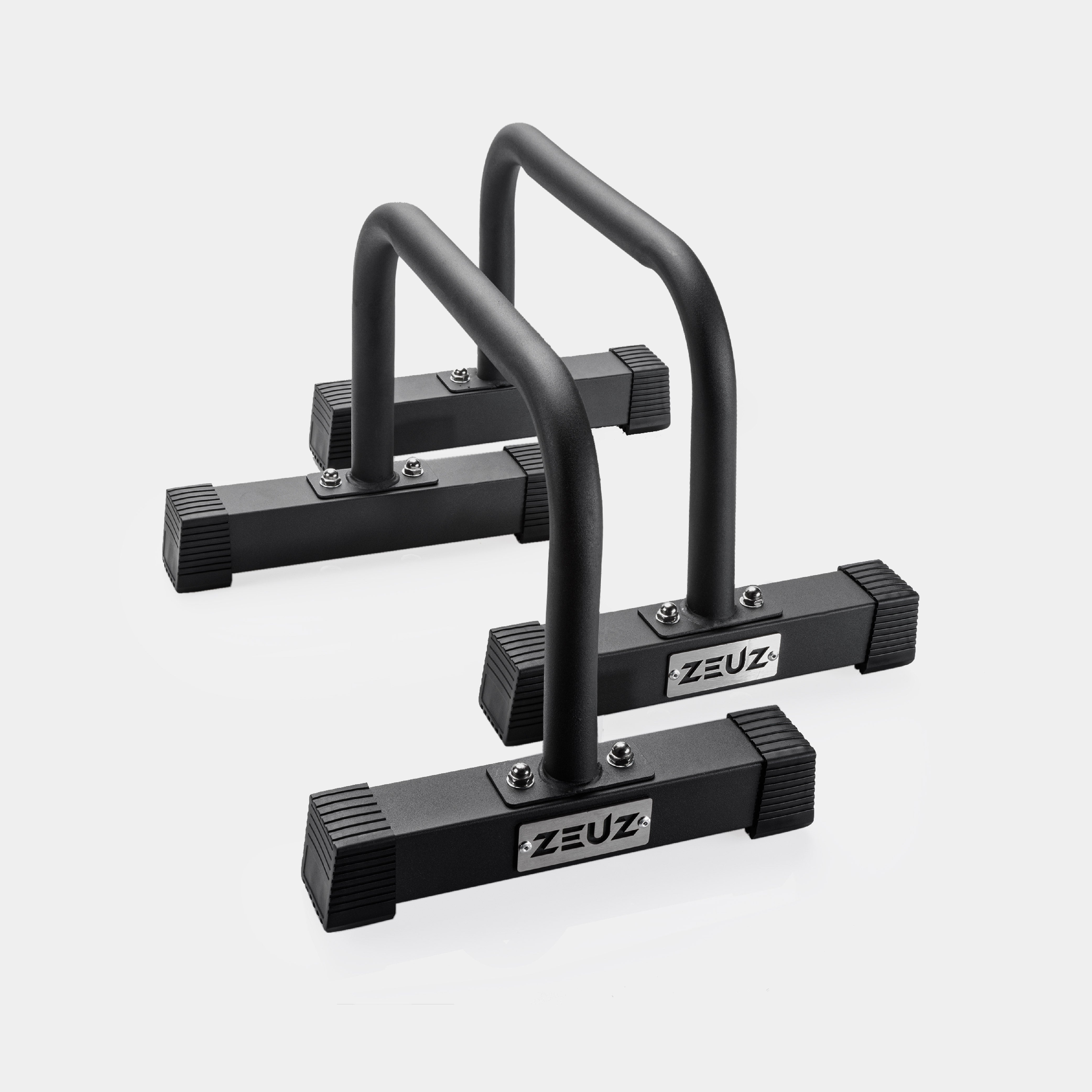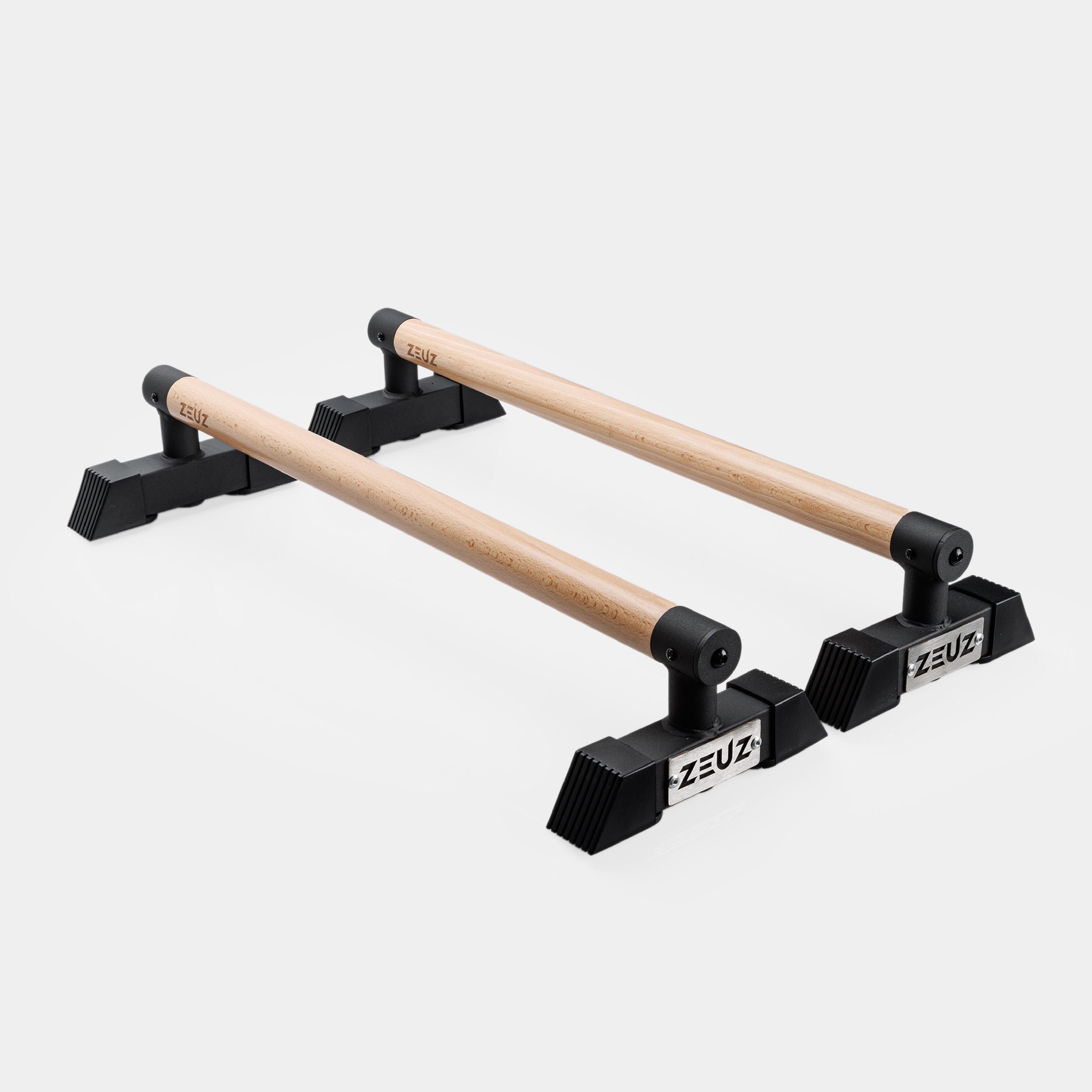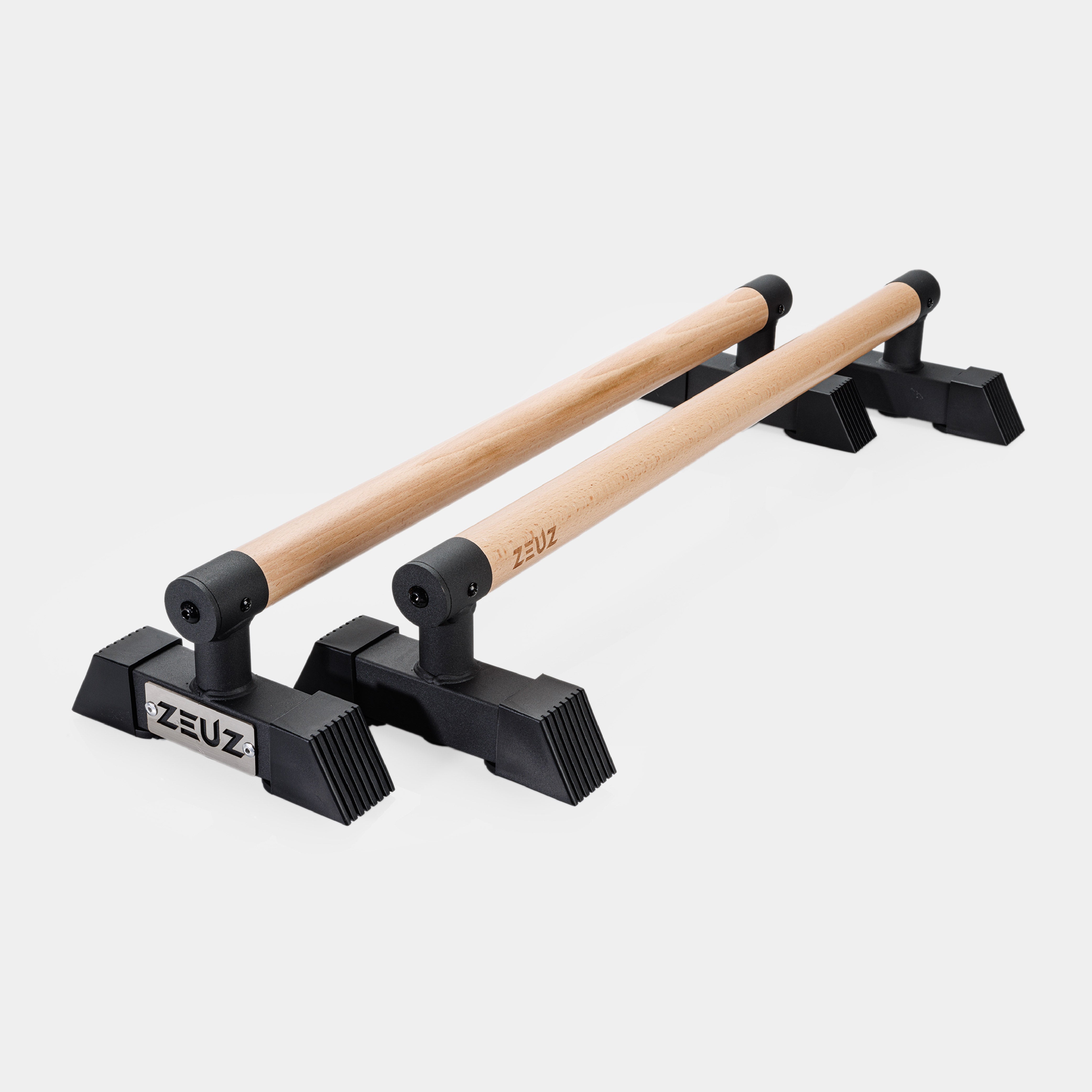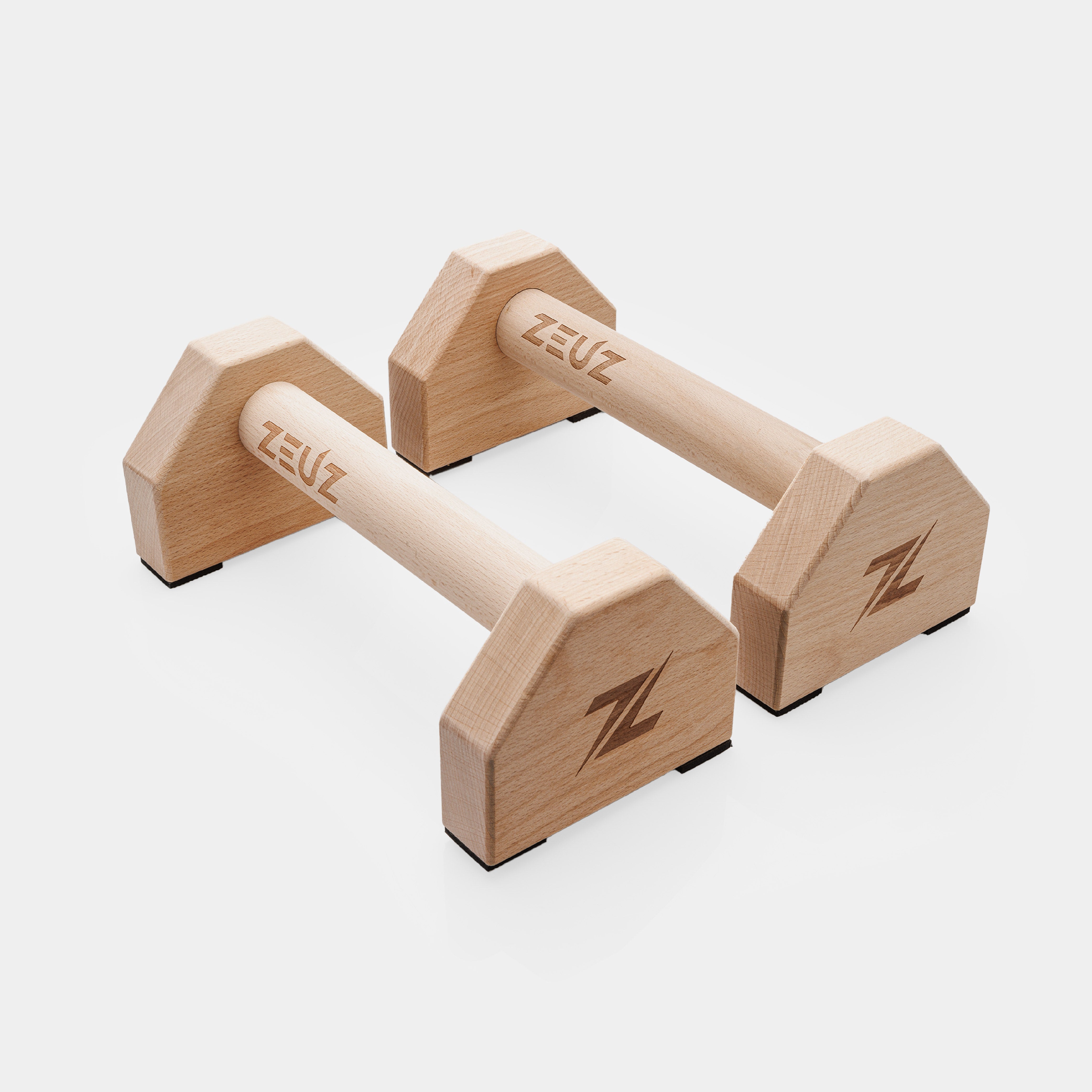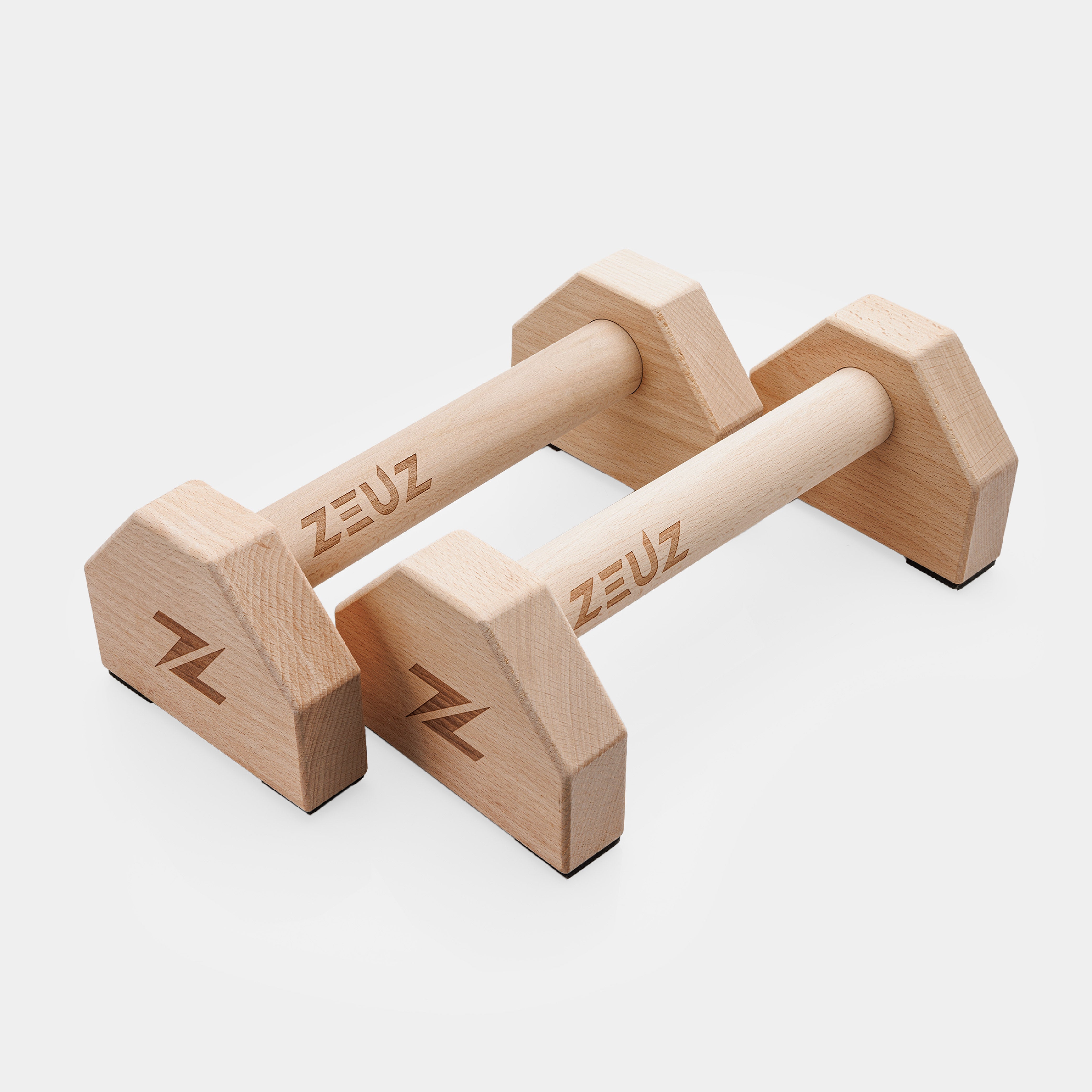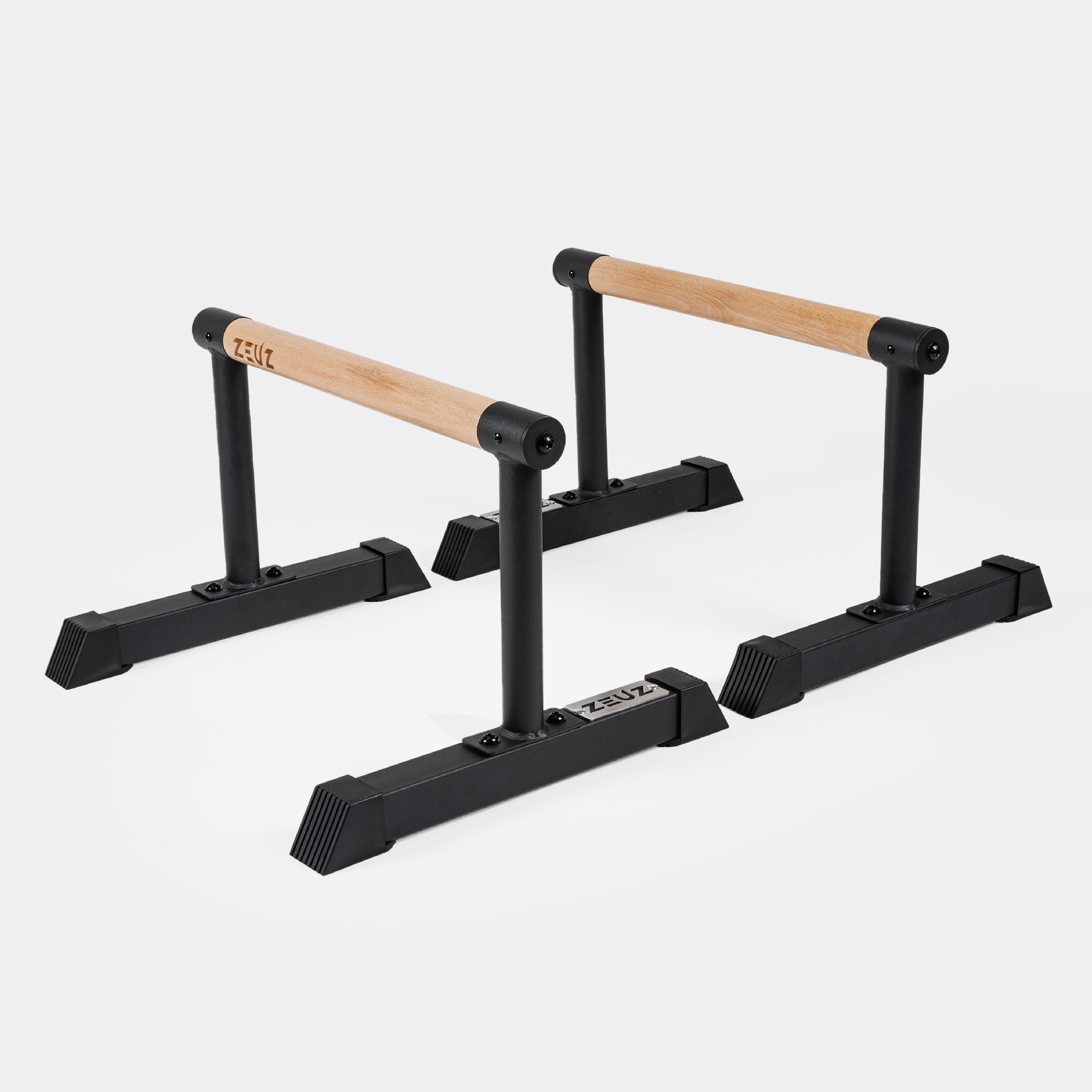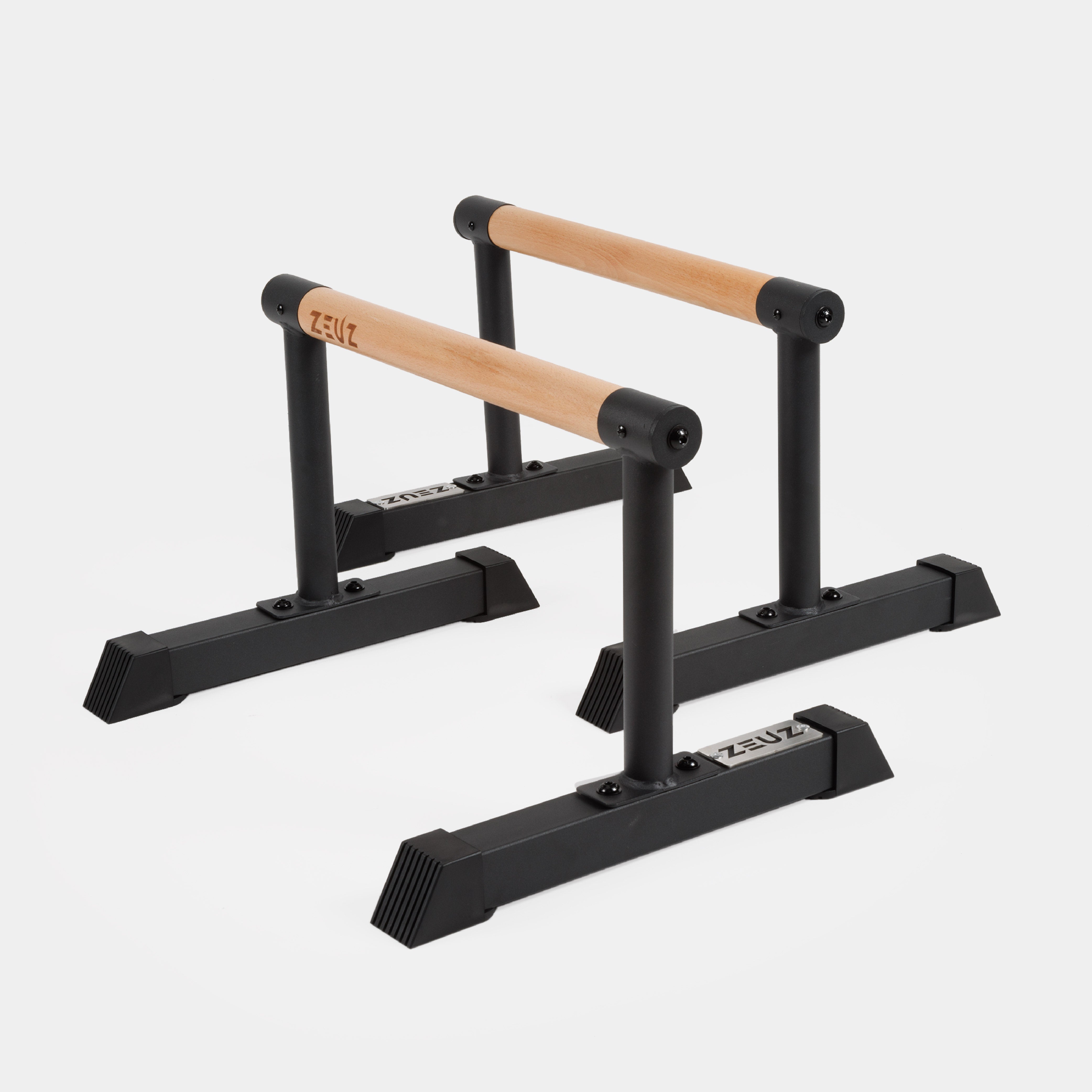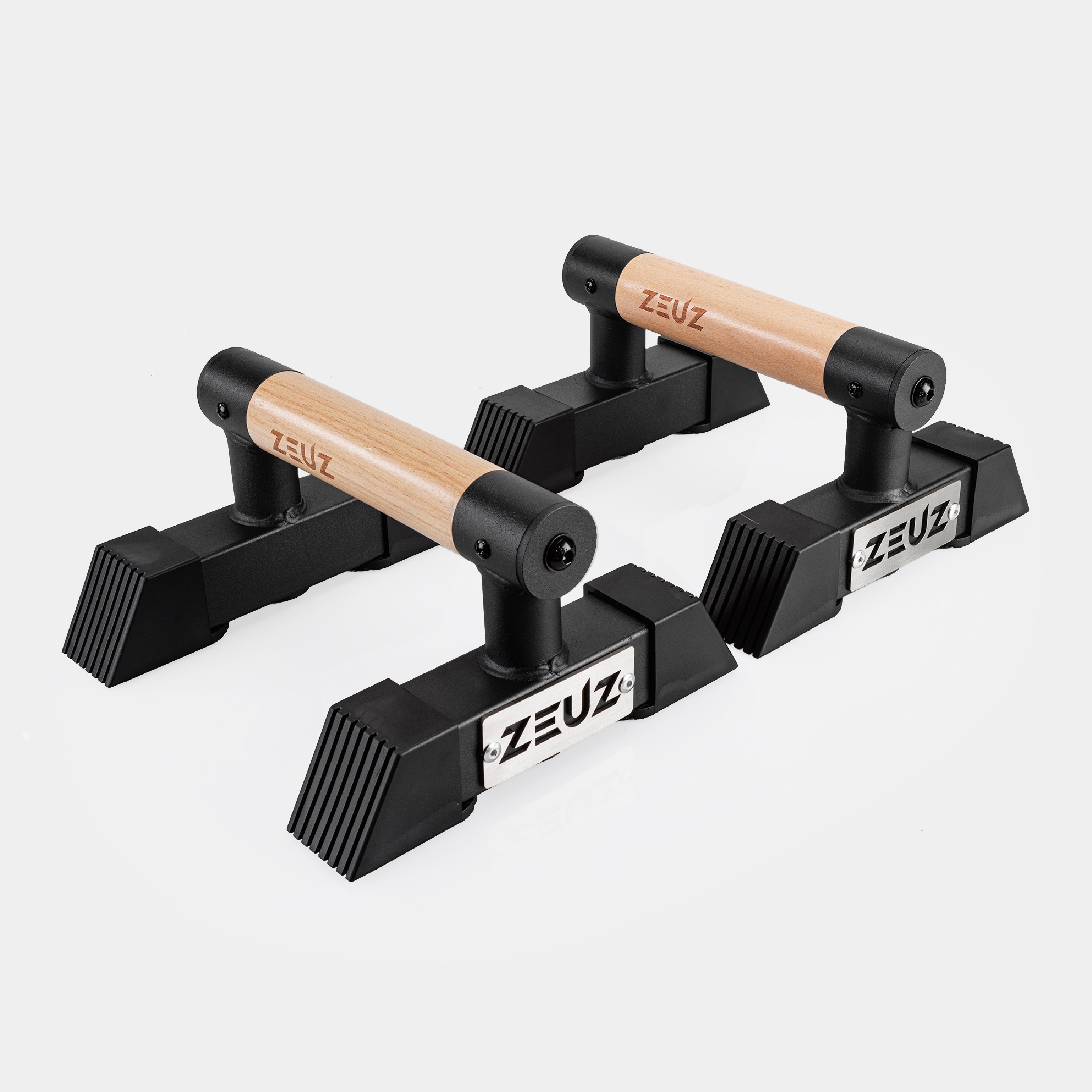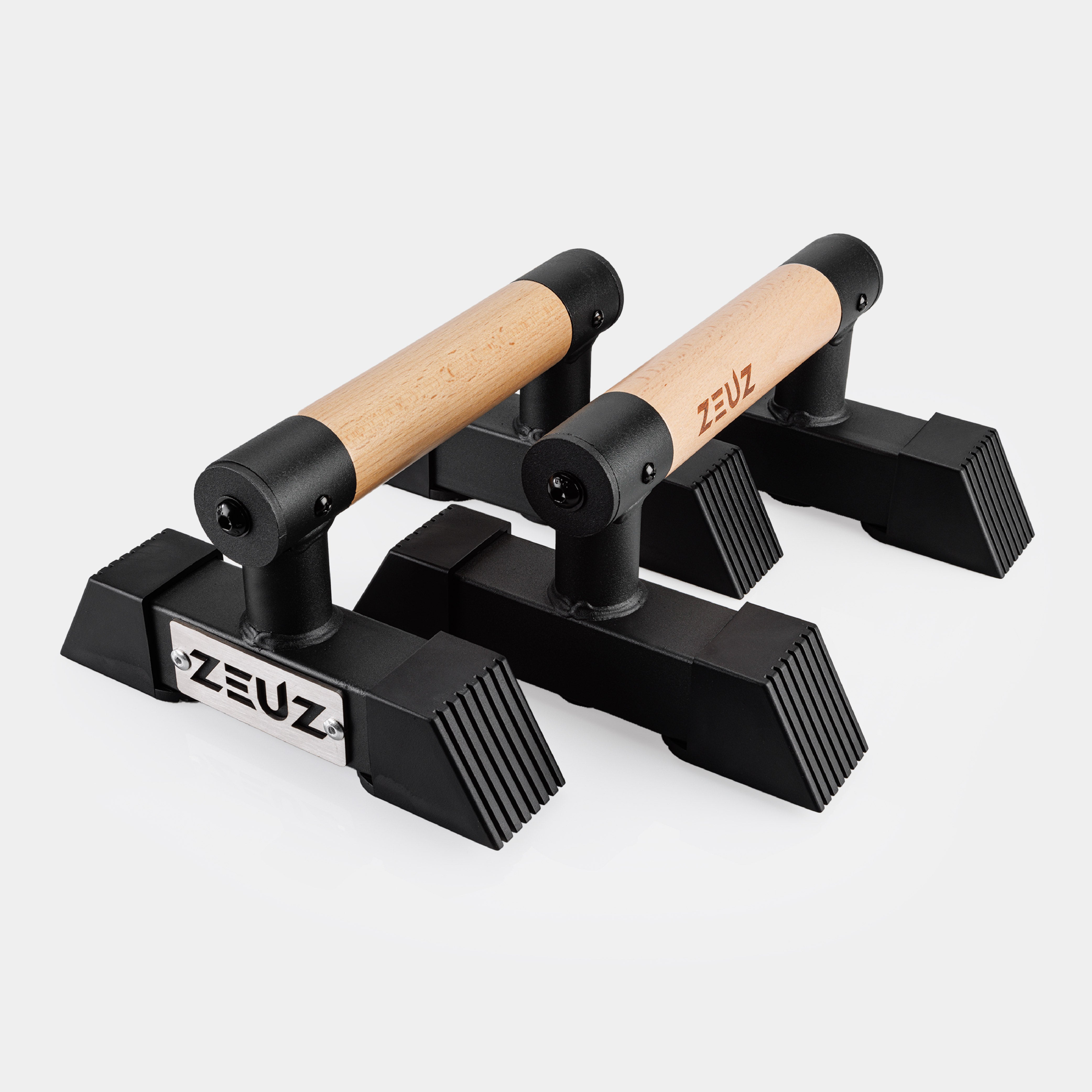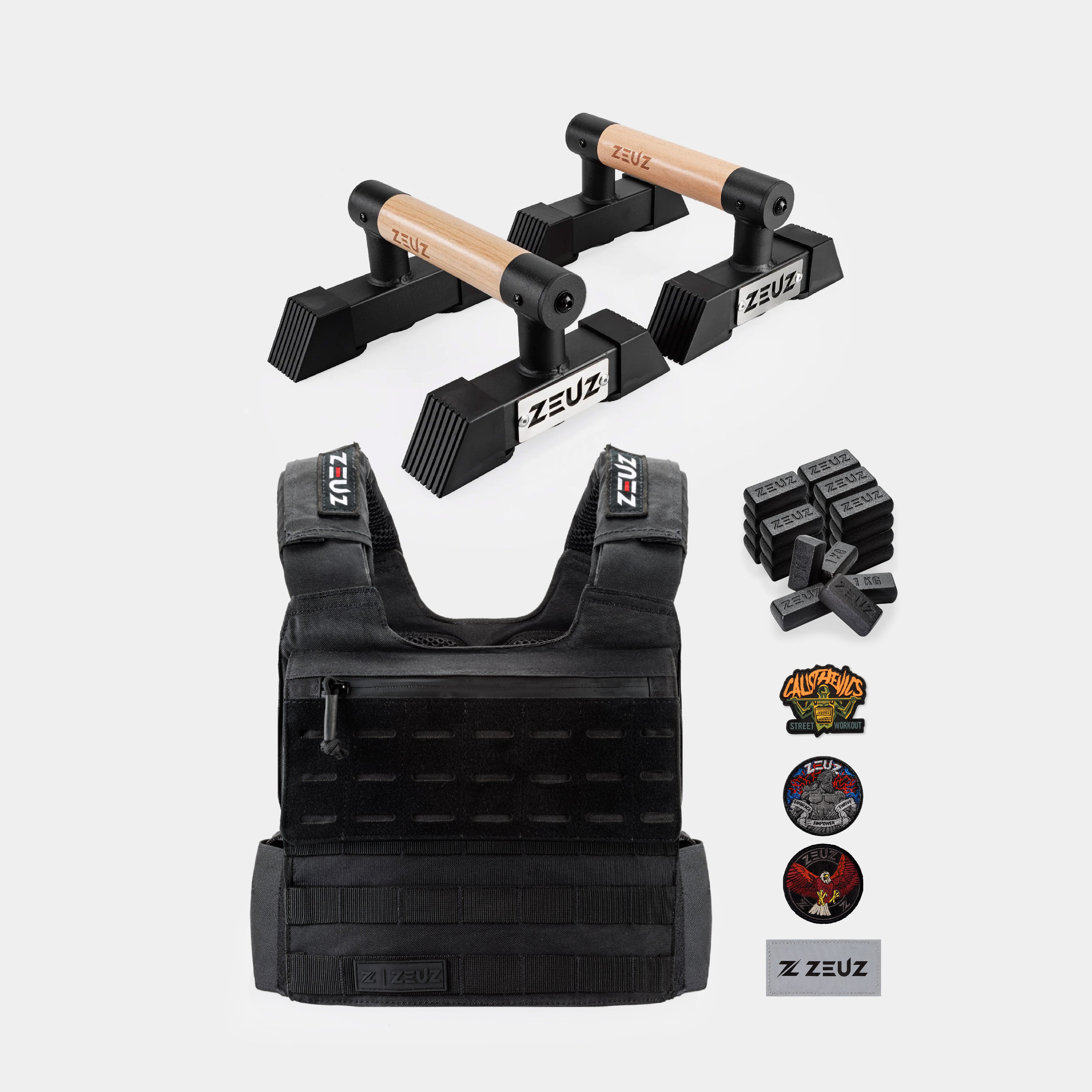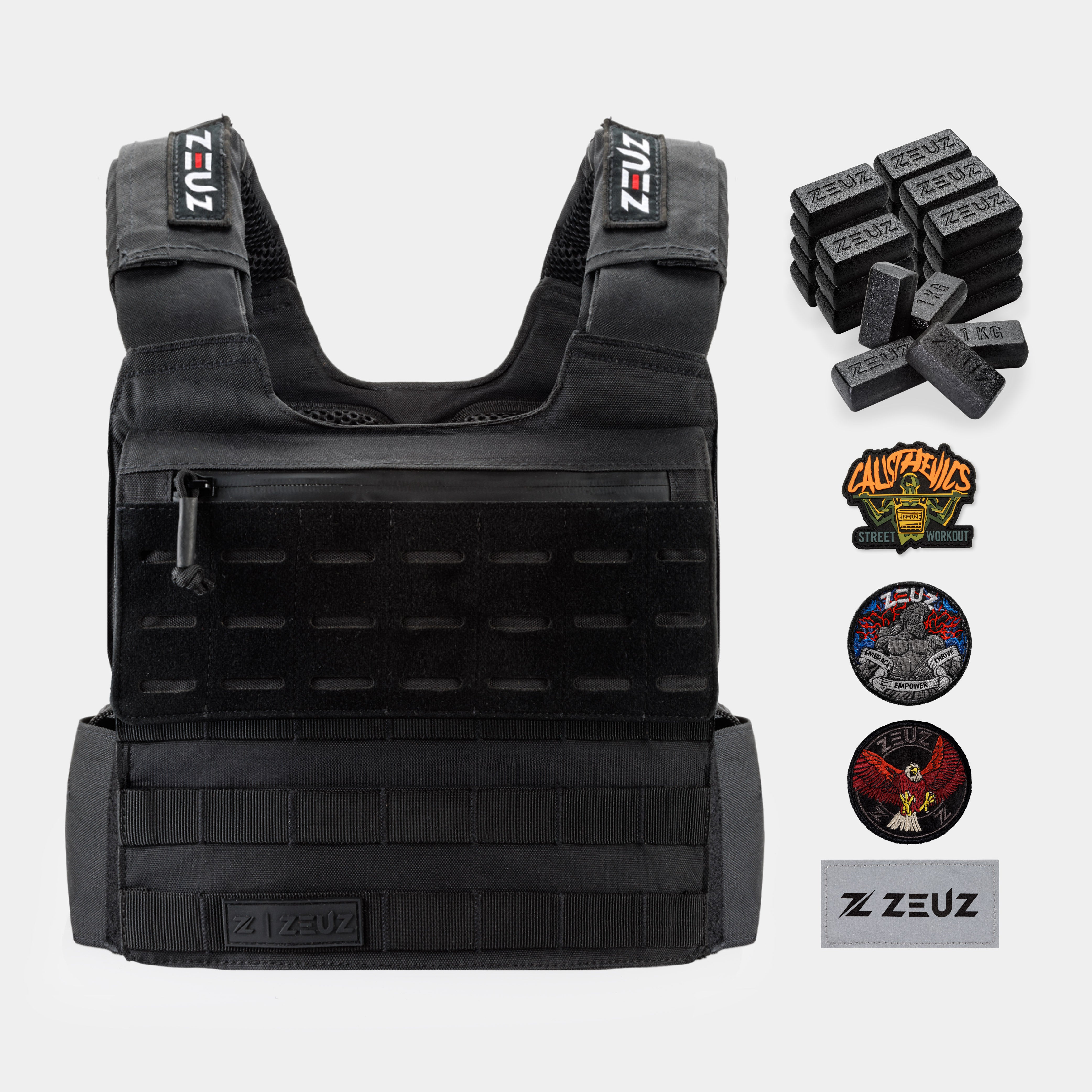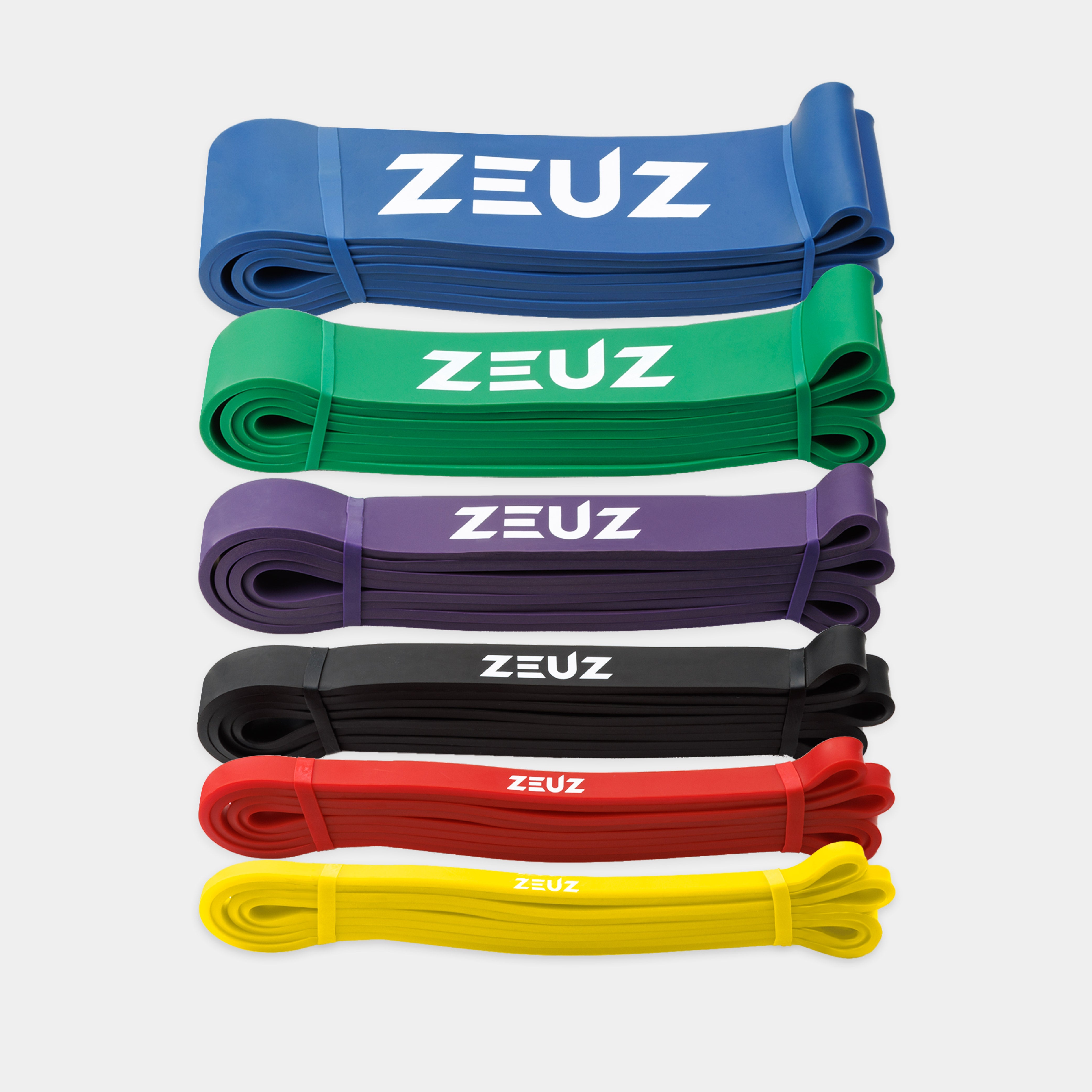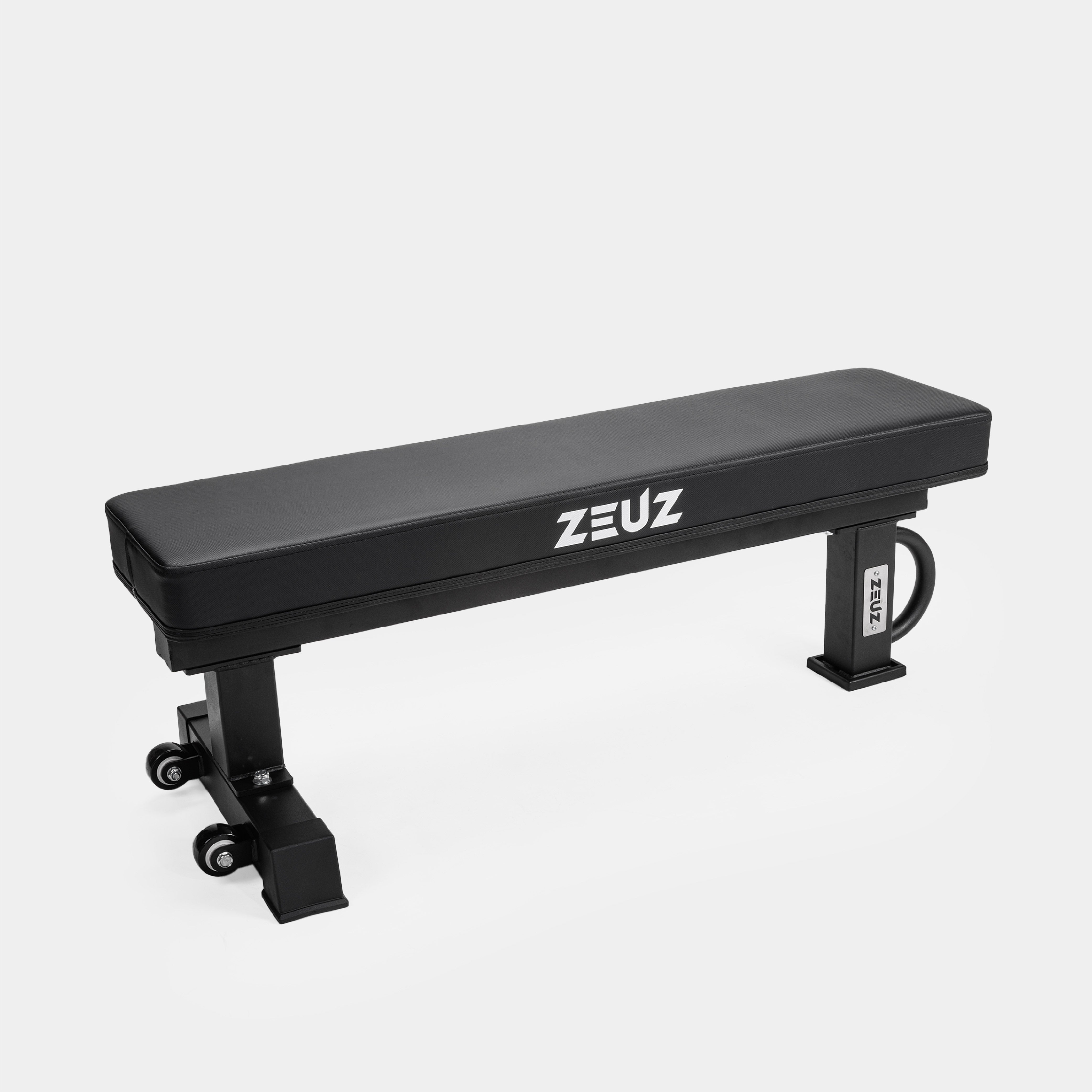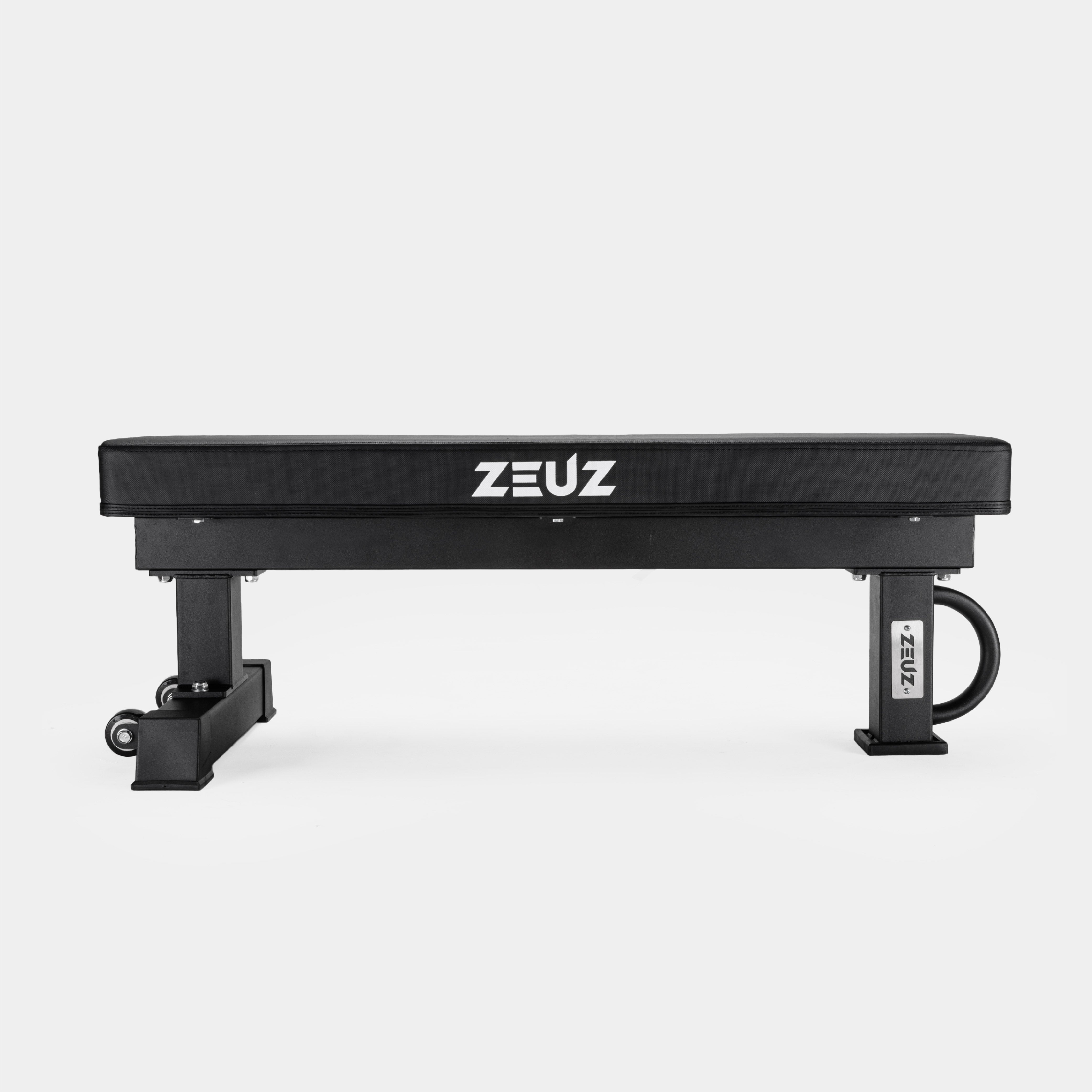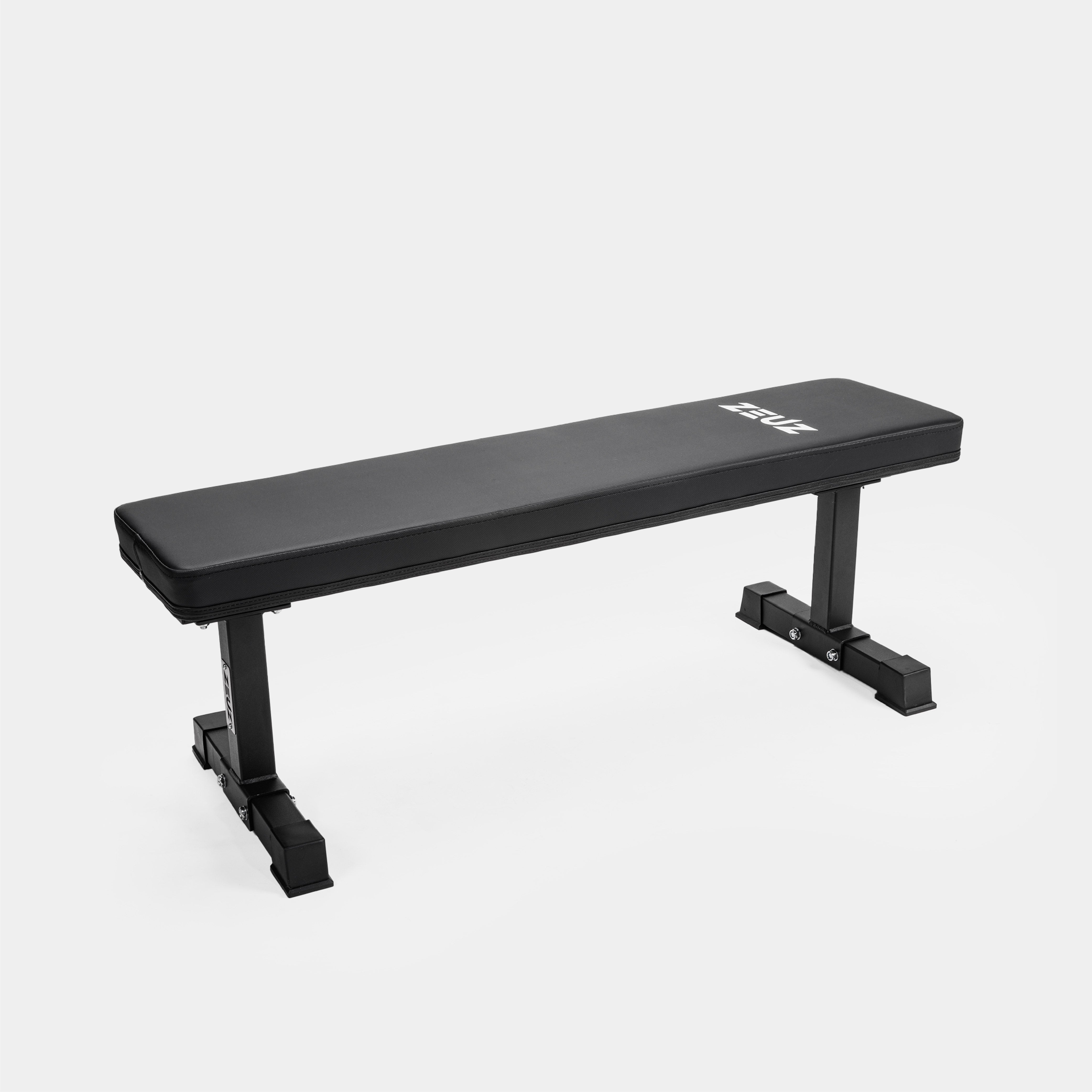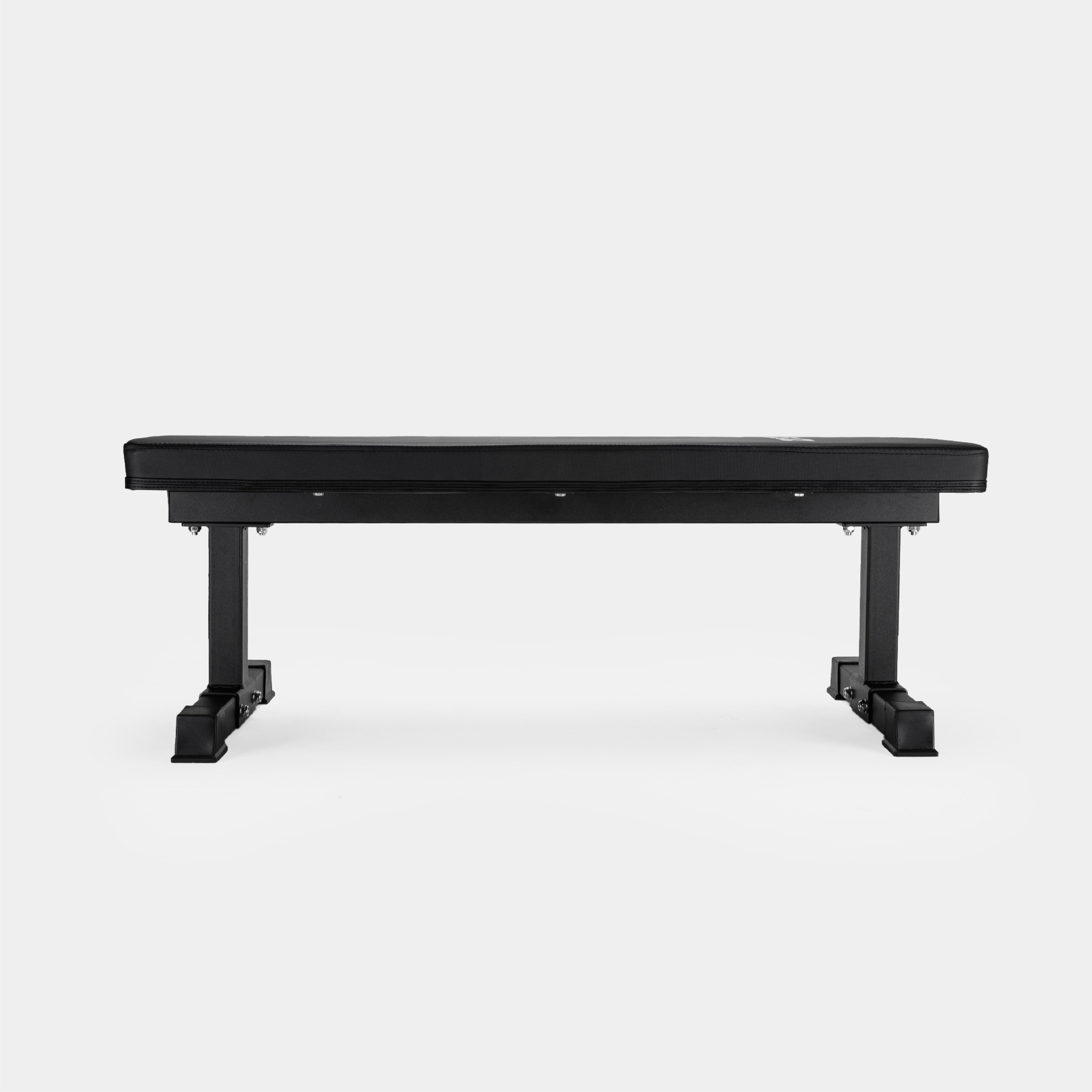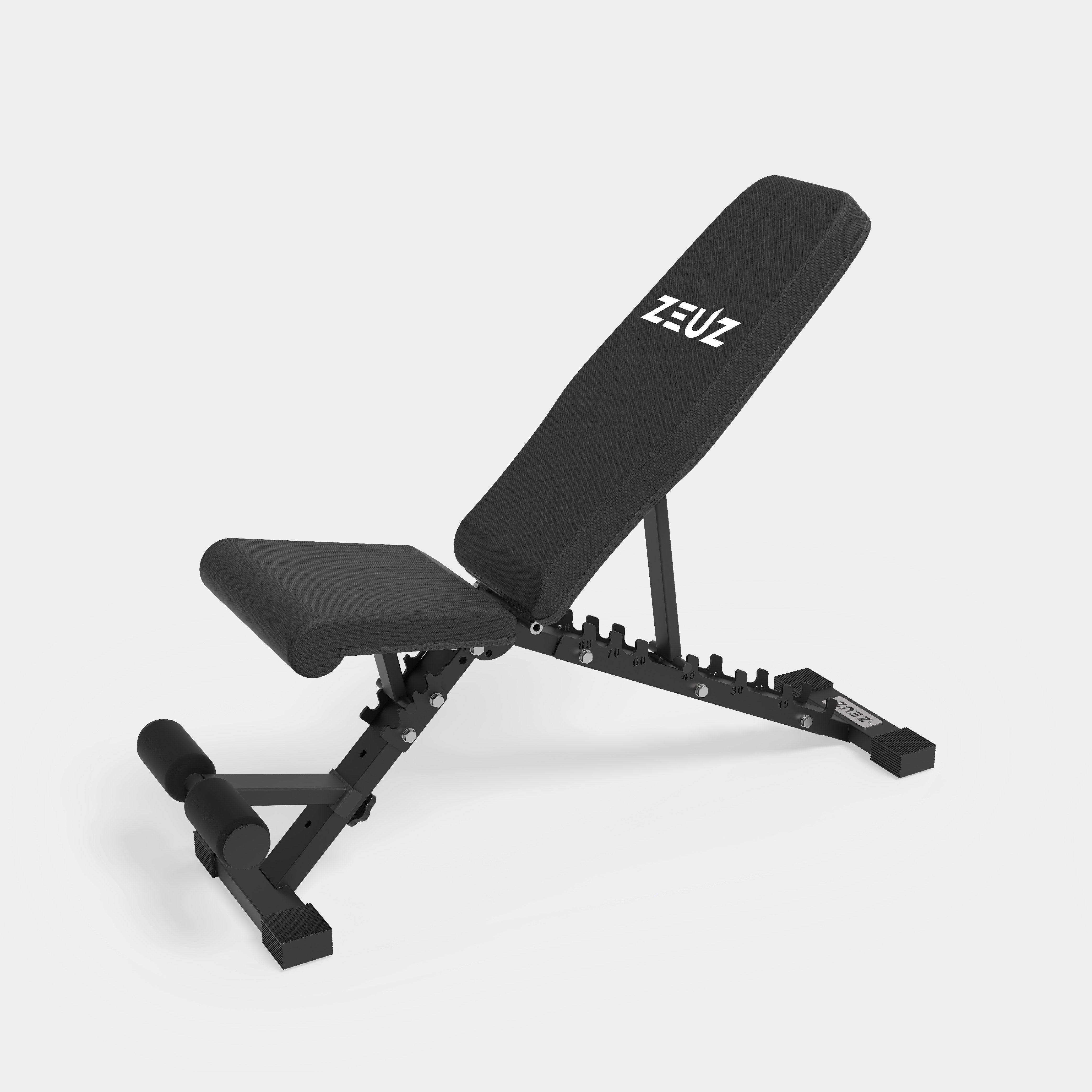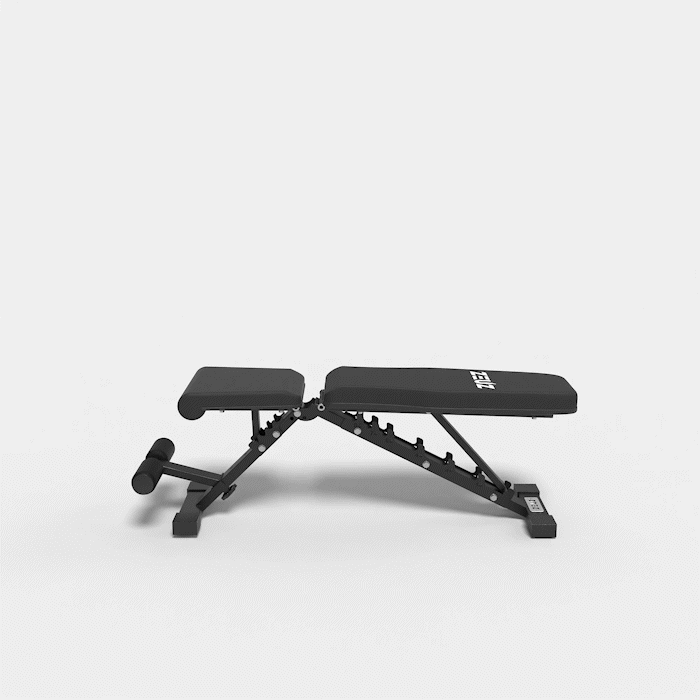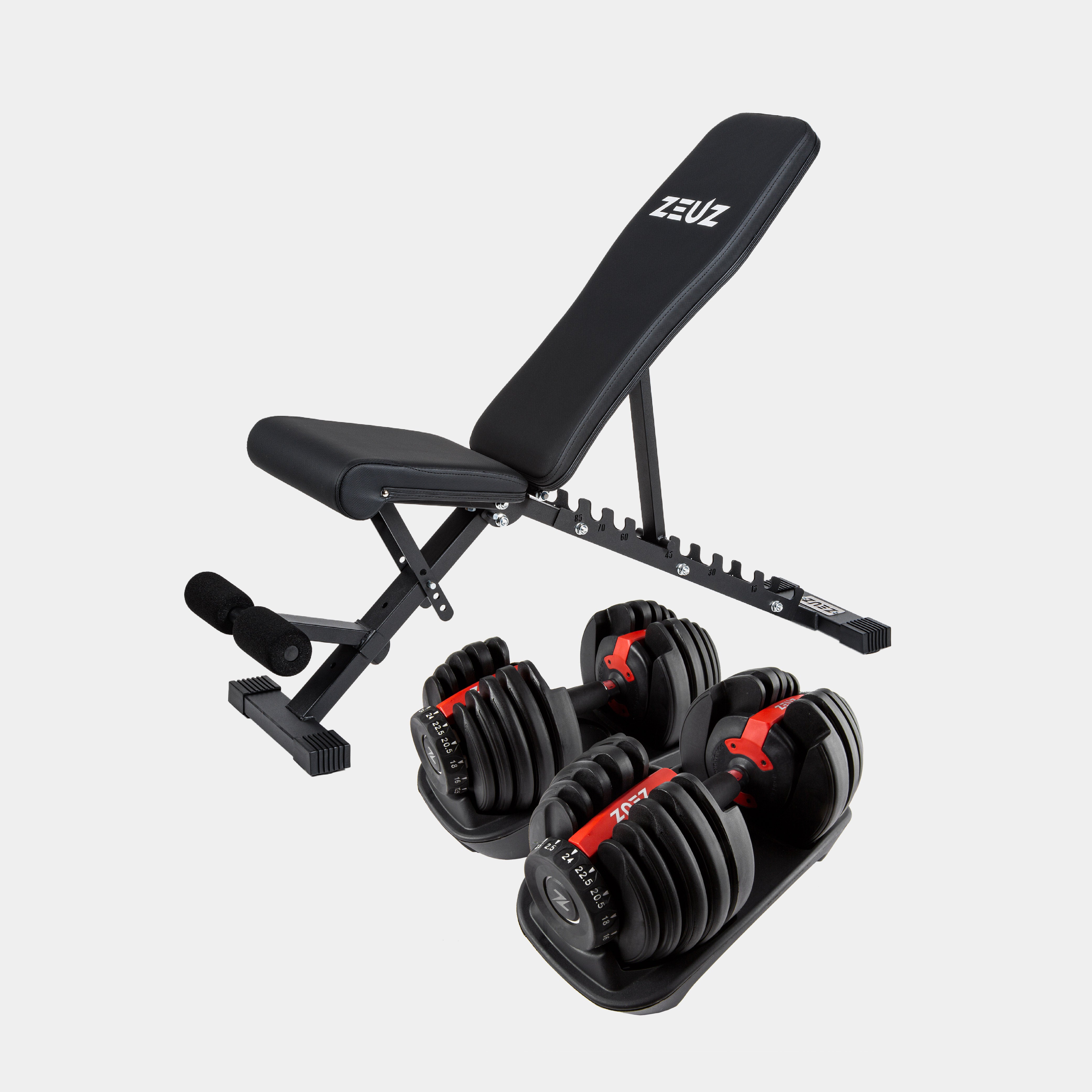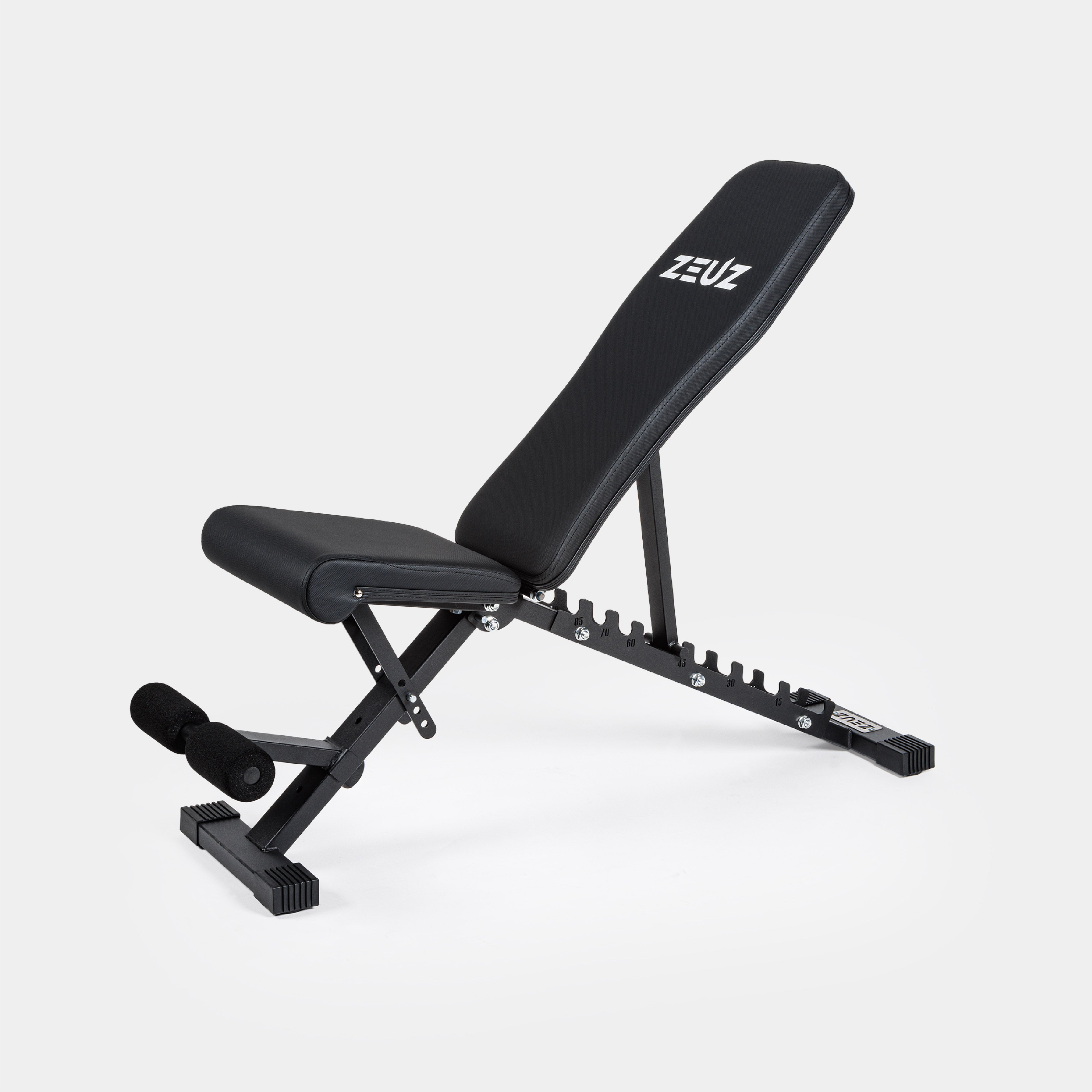Do you want to get fitter but your knees already protest at the thought of burpees, box jumps, and sprints? Then there is good news: getting fit does not always have to involve jumping, shocks, or painful recovery days. With low impact training, you can train effectively without unnecessarily stressing your joints.

What is low impact training?
Low impact training consists of exercises where your body experiences little impact. You avoid explosive movements or abrupt shocks that put pressure on your knees, ankles, lower back, or shoulders. Instead, you work with smooth, controlled movements where coordination, strength, and stability are central.
Unlike high impact training, think running, plyo jumps, or intensive HIIT, low impact is much gentler on your joints. You move more consciously without compromising the intensity or effect of your workout.
Who is it suitable for?
Low impact training is suitable for a wide range of athletes. If you are just starting to train, it offers a safe way to build strength and endurance. It is also ideal for people recovering from an injury or who have sensitive joints. Even if you are an advanced athlete, low impact training can be a valuable addition, for example as recovery training or as an alternative during a busy or tiring period.
The biggest advantage? You can keep moving without fear of overuse. This allows you to sustain your workouts longer and stay consistent more easily, and that is what leads to results.

Why low impact does work
There is sometimes a misconception that calm or gentle workouts are less effective. But anyone who has ever done a controlled squat with full focus knows: low impact does not mean low results. By slowing down the pace and focusing on execution, you train more consciously and often heavier than you think.
Moreover, low impact training is excellent for your mobility, stability, and muscle control. You learn to better control your body, strengthen your core, improve your posture, and prevent typical overuse injuries that often occur with one-sided or too intense training. And because your whole body has to participate, you also burn a lot of calories without having to jump or run.
This is what a low impact training looks like
A good low impact session starts with a short warm-up in which you activate the muscles and address your mobility. Think of light dynamic stretches and some band work for your shoulders or hips.
Afterwards, you can do a circuit of three rounds with exercises like slow squats, glute bridges, a plank variation, and some rowing movements with a resistance band. The focus here is not on speed or numbers but on form, control, and consciously engaging the right muscles. You finish with a simple stretch flow or core finisher.
With this kind of training, you can do a full-body session in 30 to 40 minutes at home, in the gym, or even outside.

The right gear makes the difference
With a few smart tools, you make your low impact training not only more effective but also more fun and varied. You don't need a fully equipped gym; a few versatile items will get you quite far.
- Resistance bands: Add controlled resistance to your training without extra strain on your joints. Ideal for warm-ups, activation exercises, and strength sets.
- Parallettes: Provide stability and depth in exercises like push-ups, plank holds, or L-sits. Perfect for controlled strength building and core training.
- Weight bench: A solid base for exercises like step-ups, glute bridges, or seated dumbbell presses. Essential for safe training with good posture.
- Adjustable dumbbells: Save space and easily adjust the intensity of your training. Suitable for both beginners and advanced athletes who want to vary resistance.
So you don't need an extensive home gym to train well; with the right basics, you can get quite far.

Low impact training is not an alternative to 'real' training; it is real training. You work on strength, mobility, coordination, and endurance, but in a way that is sustainable and joint-friendly. It is the smart choice for anyone who wants to stay fit for a long time without constantly having to recover from injuries or overuse.
Do you want to train effectively without your body suffering? Then check out our selection of gear that perfectly fits low impact training and build your own set today. This way, you not only stay fit but also free from complaints, which might be the best gain you can achieve.

